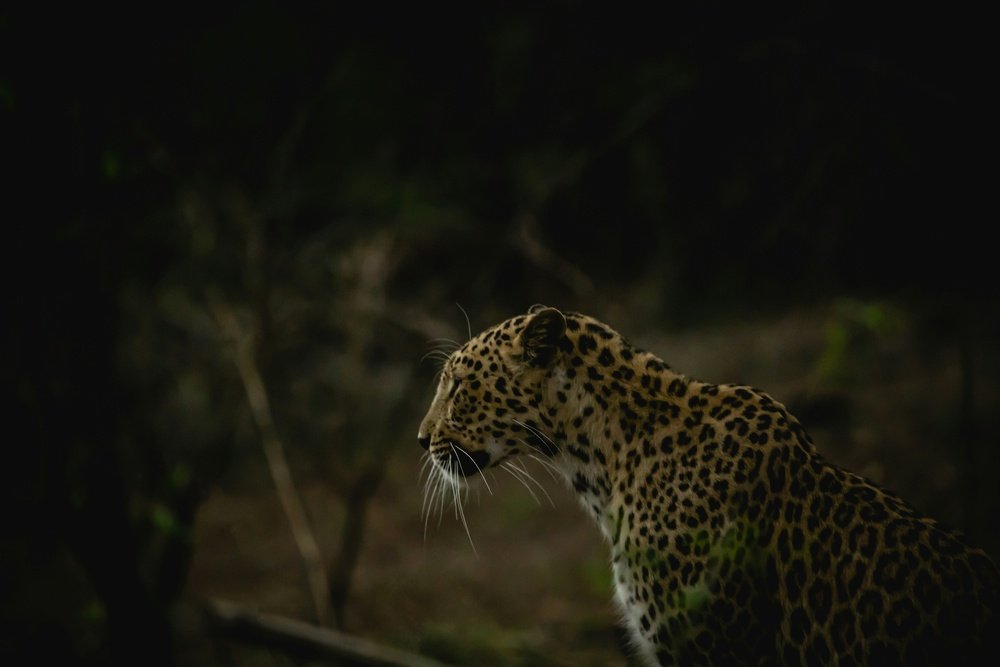India is home to a rich and diverse ecosystem that spans from the Himalayan peaks to coastal wetlands, desert plains to tropical forests. With over 100 national parks and more than 500 wildlife sanctuaries, the country is a haven for nature enthusiasts, conservationists, and wildlife lovers. These protected areas not only preserve biodiversity but also offer thrilling opportunities for eco-tourism. Exploring wildlife sanctuaries & national parks in India is like stepping into a world where nature rules, and every encounter is a brush with the wild.
Understanding Wildlife Sanctuaries & National Parks
Both national parks and wildlife sanctuaries are protected areas established under Indian wildlife protection laws. The key differences lie in the level of protection and the allowed activities:
- Wildlife Sanctuaries: These areas allow limited human activity and are aimed at protecting specific species and habitats.
- National Parks: These offer higher protection, prohibiting most forms of human interference. They preserve broader ecosystems and serve as conservation hotspots.
Together, they form the backbone of India’s efforts to safeguard its flora and fauna.
Top National Parks in India
- Jim Corbett National Park, Uttarakhand
Established in 1936, Corbett is India’s first national park and a part of Project Tiger. Nestled in the foothills of the Himalayas, it’s famous for its population of Bengal tigers, elephants, and leopards. - Kaziranga National Park, Assam
A UNESCO World Heritage Site, Kaziranga is home to the largest population of one-horned rhinoceroses in the world. The park also hosts wild buffaloes, swamp deer, and a vast array of birdlife. - Ranthambore National Park, Rajasthan
Known for its majestic tigers and historical ruins, Ranthambore offers excellent wildlife sightings amid dry deciduous forests and picturesque lakes. - Sundarbans National Park, West Bengal
This unique mangrove ecosystem is home to the elusive Royal Bengal Tiger and saltwater crocodiles. Exploring it by boat offers a different kind of safari experience. - Bandipur National Park, Karnataka
Located in the Nilgiri Biosphere Reserve, Bandipur is known for its rich population of elephants, deer, and big cats. - Gir National Park, Gujarat
The only place in the world where the Asiatic lion roams freely, Gir is a must-visit for those seeking rare wildlife encounters. - Kanha and Bandhavgarh National Parks, Madhya Pradesh
These central Indian parks are renowned for tiger sightings, dense forests, and diverse wildlife, including leopards, sloth bears, and Indian bison.
Famous Wildlife Sanctuaries in India
- Periyar Wildlife Sanctuary, Kerala
Centered around the serene Periyar Lake, this sanctuary is famous for its elephants, birdlife, and boat safaris. - Bharatpur Bird Sanctuary (Keoladeo National Park), Rajasthan
A paradise for birdwatchers, this UNESCO site hosts thousands of migratory birds, including pelicans, cranes, and Siberian geese. - Chilika Wildlife Sanctuary, Odisha
Located on the shores of Asia’s largest brackish water lagoon, Chilika is famous for its Irrawaddy dolphins and vibrant avian population. - Dandeli Wildlife Sanctuary, Karnataka
A lush forest region known for black panthers, hornbills, and adventure sports like white-water rafting. - Manas Wildlife Sanctuary, Assam
Another UNESCO World Heritage Site, Manas is a Project Tiger reserve and biosphere hotspot, with species like golden langurs and wild water buffaloes.
Activities in Wildlife Sanctuaries & National Parks
- Jeep and Canter Safaris: Best suited for spotting big game like tigers, elephants, and leopards.
- Boat Safaris: Unique experiences offered in places like Periyar and Sundarbans.
- Birdwatching Tours: Ideal in sanctuaries like Bharatpur, Ranganathittu, and Chilika.
- Nature Walks and Trekking: Some parks allow guided walks, especially in buffer zones.
- Photography Tours: Many parks host specialized tours for wildlife photographers.
- Educational Programs: Forest departments and NGOs often conduct awareness and conservation education activities.
Best Time to Visit Wildlife Sanctuaries & National Parks
- October to June is generally the best season for wildlife tourism in India.
- Summer (March to June): Offers higher chances of spotting animals around water bodies.
- Winter (October to February): Ideal for birdwatching and comfortable safaris.
- Most parks remain closed during the monsoon (July to September) due to heavy rains and conservation practices.
Tips for a Safe and Responsible Visit
- Book in Advance: Safaris and accommodations in popular parks get booked quickly, especially during peak season.
- Follow Park Rules: Do not litter, feed animals, or step outside vehicles during safaris.
- Use Authorized Guides and Vehicles: Always travel with trained naturalists or guides for both safety and a better experience.
- Carry Essentials: Binoculars, cameras, water bottles, hats, and neutral-colored clothes are must-haves.
- Support Local Conservation: Choose eco-friendly lodges, avoid plastic, and contribute to local economies.
Conservation and Tourism: Striking a Balance
While wildlife tourism brings revenue and awareness, it must be managed responsibly to prevent environmental degradation. Many sanctuaries and national parks in India now follow strict guidelines to control footfall, reduce vehicle emissions, and promote community-based tourism. Your respectful behavior as a tourist contributes to the sustainability of these fragile ecosystems.
Final Thoughts
Exploring wildlife sanctuaries & national parks in India is more than just a vacation—it’s a journey into the heart of the wild. It’s a chance to witness nature in its purest form, appreciate the delicate balance of ecosystems, and understand the importance of conservation. Whether you’re a seasoned wildlife enthusiast or a curious first-timer, these protected areas promise adventure, education, and awe in every moment.
